Like many urban public schools along the East Coast and throughout the country, my district began the school year 100 percent virtually. In Baltimore City, our district partnered with community organizations and worked for months over the summer to provide laptops and Wi-Fi for students so that they would be able to login to access their daily classwork. After the first two weeks of school, it is clear that these worthy efforts to launch a virtual school will not meet the needs of our students and families, especially the most vulnerable.
In an interview this week, our district CEO mentioned that in the first week, only 65 percent of our students were logging into class on a daily basis. At my alternative high school for students diagnosed with emotional and/or behavior disorders, this number has been roughly 40 percent. Despite the improvements that my school and district have made since last spring in increasing virtual attendance, we still have a disturbing number of students who are missing. These types of alarming statistics and concerning consequences—which may result in 24 million students around the world potentially dropping out of school—are generally not found on the signs of the teachers unions standing in the way of school doors while protesting school opening plans.
Currently, high school students in my district are attending virtual school four days a week and can receive additional instructional support on the fifth day. Each day, students are engaged in synchronous or live instruction on Zoom with a teacher for five different class periods lasting 45 minutes each. A variety of online tools such as Google Classroom and Clever are used as platforms for students to turn in their homework and access classroom materials.
For those who have been showing up, the virtual learning experience has been an unbearable struggle for students and families alike. A student in my U.S. History class is often unable to hear what is going on in Zoom because he is holding his infant brother on his lap while his single mother is at work. Countless students are dealing with internet connection problems and unable to find one of their numerous links or passwords to make it in time for class. Family members overwhelmed beyond belief attempting to support all of their children’s various schoolwork while balancing their own work schedules.
In August, I asked for our school district to allow for the 14 percent of our special education students who needed in-person instruction the most to be allowed to return to school. My students who are easily triggered emotionally have repeatedly had aggravating experiences with virtual learning which resulted in them logging off in frustration. The school counselors and psychologists who are often called in to support students in these moments of crisis and to help students learn appropriate coping skills are unable to reach them as effectively as they once were. I’m worried for when my students are unable to handle the irritating difficulties of virtual learning and choose to give up.
The missing students and the complications with virtual learning is not necessarily a widespread problem across the country, it is typically only found in urban public-school districts who are almost all fully virtual. It is quite common to find private schools cities like Chicago, New York City, or Baltimore offering in-person instruction. Additionally, better resourced families are more likely to send their students for in-person instruction whether it is in school or in pandemic learning pods with hired tutors. For years, those who have rightfully advocated to fight the inexcusable academic achievement gap in our country between low-income and high-income kids are unintentionally expanding the gap by keeping urban public-school districts virtual.
Lately, I’ve been hearing from teachers unions and other so-called “progressives” that virtual learning is the “only safe option.” For the sake of our students’ mental and academic well-being, the only safe option would be to have students return to schools in-person so that we can prevent “a generational catastrophe that could waste untold human potential, undermine decades of progress, and exacerbate entrenched inequalities,” according to the United Nations security chief.
In closing one of our classes, I asked my students, “Would you rather be learning in-person or virtually at home?” The students’ responded overwhelmingly in favor of being in school. In Baltimore, where low-income students have historically been offered unequal educational opportunities, it is time to offer them the same in-person instruction that their more affluent peers receive. It is time to offer our students a classroom, rather than the unsafe streets which left a 14-year-old boy fatally shot during school hours this week. If not, we will lose a generation of our most vulnerable students.
Ryan Hooper (@ryhooper) is a high school social studies teacher in Baltimore, Maryland.
Photograph by Tom Williams/CQ-Roll Call/Getty Images.
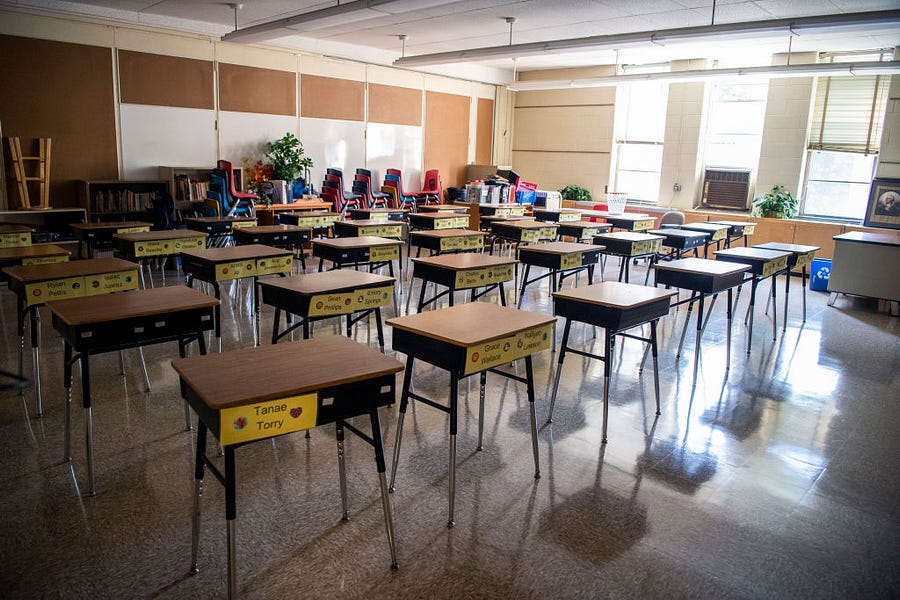
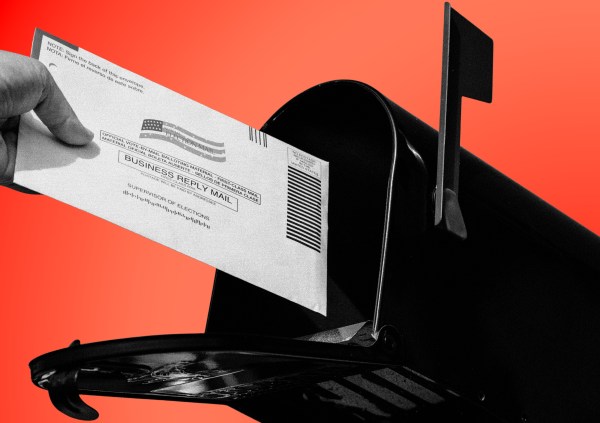
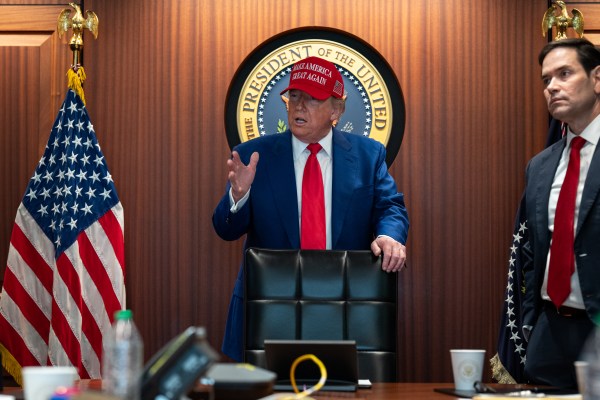
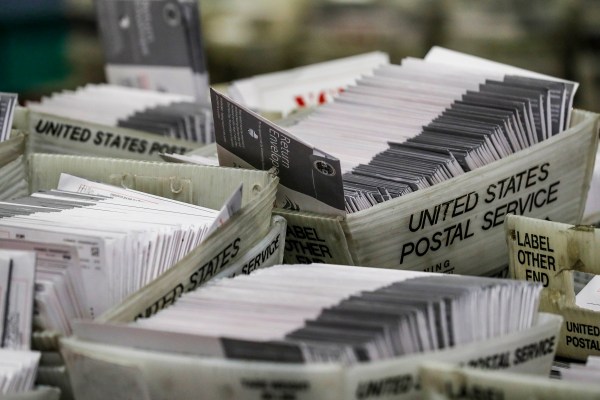
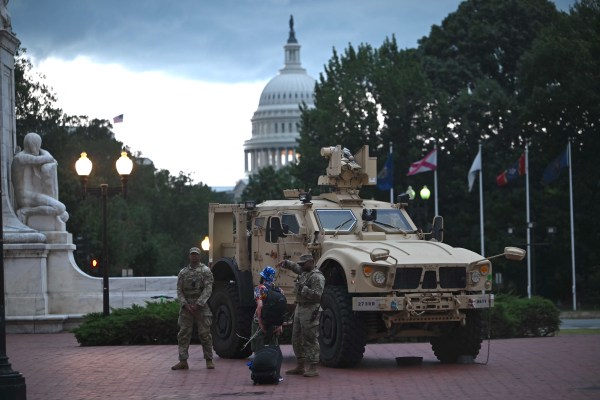



Please note that we at The Dispatch hold ourselves, our work, and our commenters to a higher standard than other places on the internet. We welcome comments that foster genuine debate or discussion—including comments critical of us or our work—but responses that include ad hominem attacks on fellow Dispatch members or are intended to stoke fear and anger may be moderated.
With your membership, you only have the ability to comment on The Morning Dispatch articles. Consider upgrading to join the conversation everywhere.